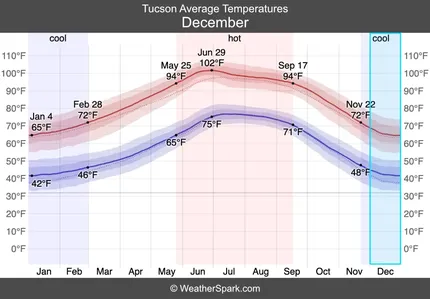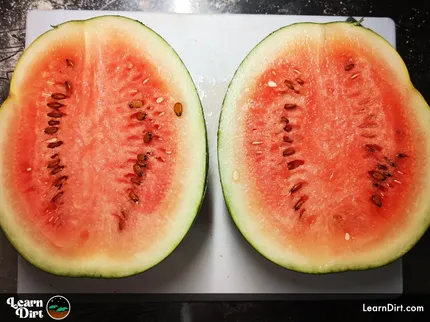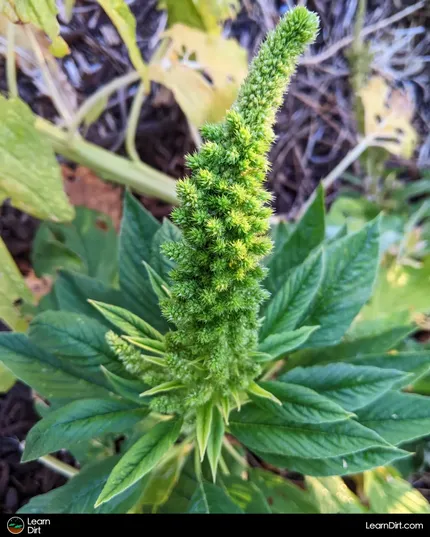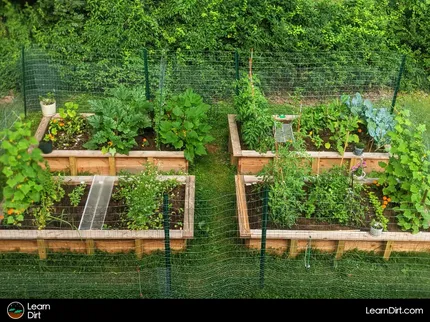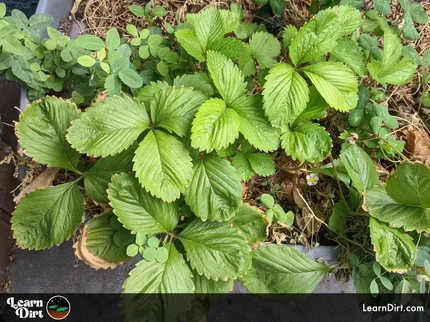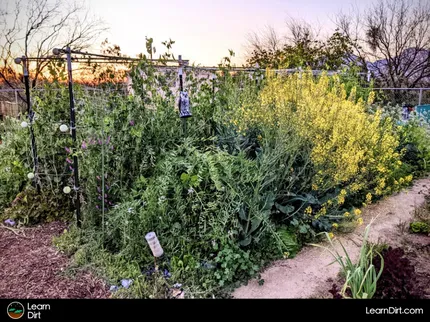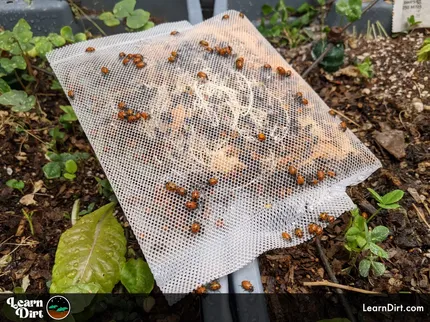Table of Contents
- What Is Leaf Mold?
- Why Use Leaf Mold?
- Benefits of Using Leaf Mold
- How to Make Leaf Mold
- How to Use Leaf Mold
* Our articles never contain AI-generated slop *
Curious about leaf mold? We'll cover what it is, why you might want to consider making some, and how to do that here.
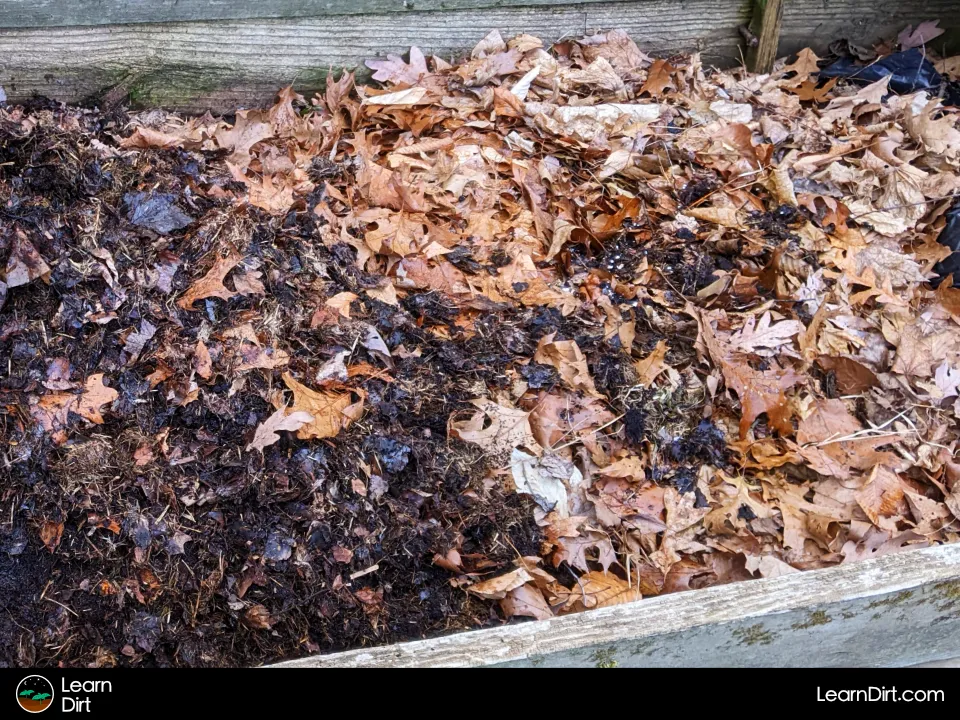
First things first - the spelling. In the US we call this "leaf mold" but outside the US it's spelled "leaf mould". Both spellings are referring to the very same thing.
If you're one of the many international readers who visit this site, just pretend I'm spelling it "mould", and let's get into it!
Disclaimer: This post may contain affiliate links. Refer to the privacy policy for more information.
What Is Leaf Mold?
When deciduous trees shed their leaves (typically in autumn), those leaves provide a natural nutrient-rich mulch which covers and protects the roots of the tree.
As the leaves break down, their nutrients are slowly returned back into the soil to feed the tree once more.
Leaf mold is the compost that these leaves make as they are broken down by fungi.
This is typically a slow process which can take a few years to play out.
Many gardeners like to utilize this leaf compost in their gardens, as there are a number of benefits to doing so.
Why Use Leaf Mold?
Just as fallen leaves can cover and protect the roots and microbiome below a tree, they can also cover and protect your garden soil.
Join The Grower's Community
Your space to connect, learn, and belong 🌱
Check It Out!
Use whole leaves, shredded leaves, or partially-broken-down leaf mold as mulch in your garden to lock in moisture. This will also provide cover for beneficial bugs to live their lifecycles, and break down into rich humus - the key to great dirt.
Benefits of Using Leaf Mold
Leaf mold can hang onto moisture like a sponge, releasing it slowly as your plants need it.
It'll improve soil quality, texture, and improve aeration as well.
The organic matter from your trees (or your neighbors) is returned to the soil when composted and utilized in your garden as leaf mold.
A broad spectrum of nutrients and trace elements contained within the leaves become accessible to the soil microbiome, and in turn, to your plants.
How to Make Leaf Mold
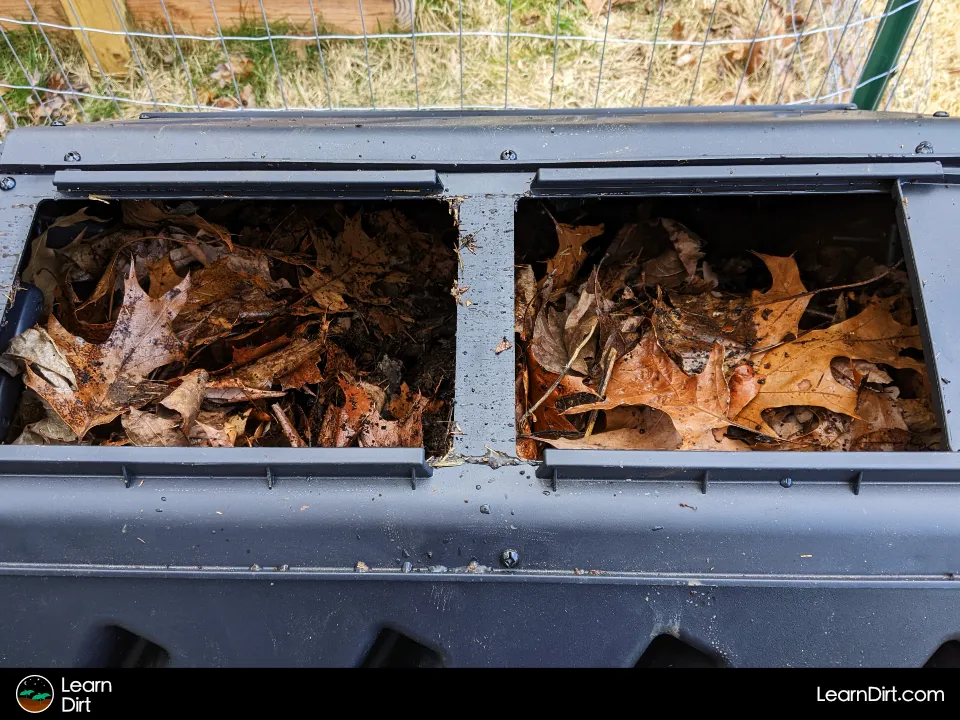
If you've already got a compost tumbler or pile, leaves can be added directly.
A couple important considerations for making leaf mold:
#1) Leaves have a tendency to clump together
This makes them prone to remaining wet for a very long time in rainy climates. That means slower decomposition and the possibility of turning your compost anaerobic - not ideal.
Consider shredding your leaves first to help them break down faster and prevent this clumping.
If you have a lawn mower, you can run over the leaves a few times to chop them up finely. If not, consider a dedicated leaf shredder if you use lots of leaves each year. These things make quick work of those autumn piles and spit out the shreddings neatly into a collection bag.
#2) Leaves will break down slower than other compost
Because of the high lignin and cellulose content, it's important to set proper expectations on the compost timeline for leaves. They're going to take longer than your other forms of compost.
Fungi are the decomposers you'll want to court in order to make prime leaf mold. You can source some local indigenous fungi that you find on premises to inoculate your pile, or consider a compost starter like this one to help kickstart the decomposition process.
While not required, inoculating your leaves with a diversity of fungi and bacteria will help speed up what is quite a long, slow process. Remember that leaves can take 1 to 3 years to break down, so patience is key.
You may opt to compost your leaves separately from your other compost because there will be such a difference in the time scale required for decomposition.
Perhaps you'll set up a compost system dedicated to just leaves.
How to Use Leaf Mold
Leaf mold can be used just like any compost:
It can be mulched with, to lock in moisture and protect the microbiome.
It can be worked into the topsoil, where it will further break down and increase soil organic matter content.
Dig Cool Merch?
If you're starting a new bed or planter, you can mix leaf mold in with your soil and amendments to improve soil structure and water holding capacity.
Leaf mold can also be used to brew up Jadam Microorganism Solution (JMS), a key component of Jadam Organic Farming. This powerful microbial inoculant can add billions of indigenous microorganism to your garden. We'll have to write an article on JMS at some point because it's extremely worthwhile for organic gardeners to learn.
That's all for now, thanks for reading!
If you have any questions, comments, or would like to connect with fellow gardeners, head on over to the forum and post there.

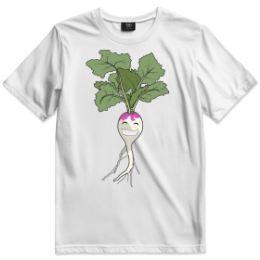

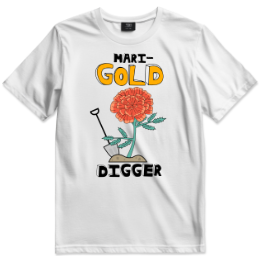
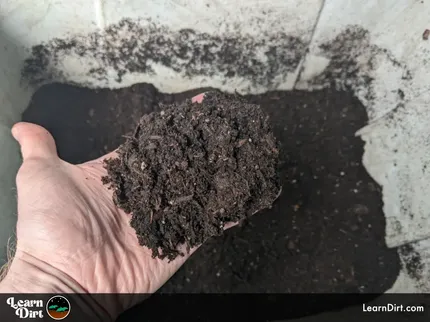
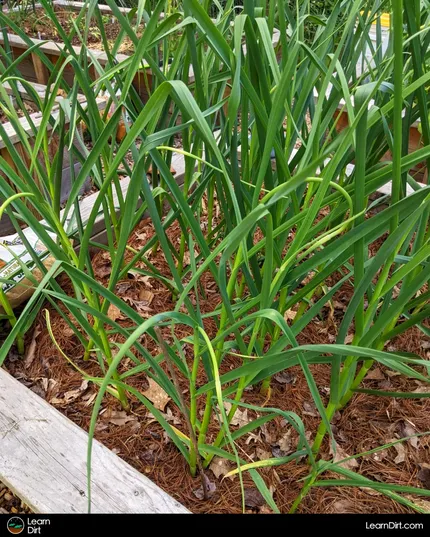
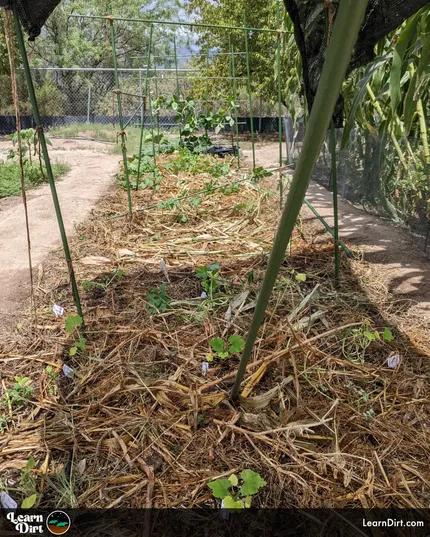
![Don't Till Away Your Carbon [Taffy]](/media/product_images/dont-till-away-your-carbon-[taffy]_shirt_260x260.png)
![Don't Till Away Your Carbon [Neon]](/media/product_images/dont-till-away-your-carbon-[neon]_shirt_260x260.png)
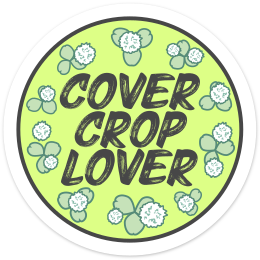

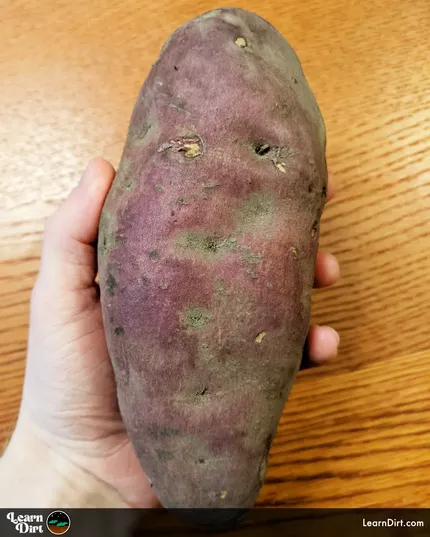
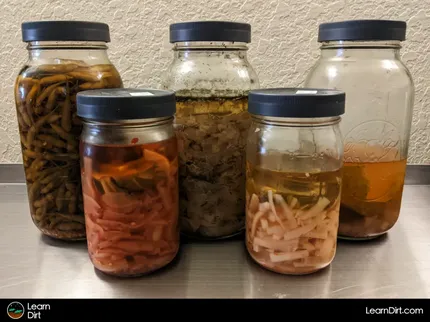
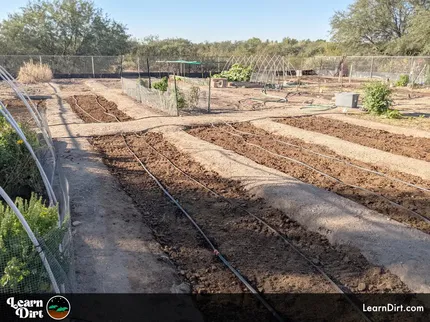
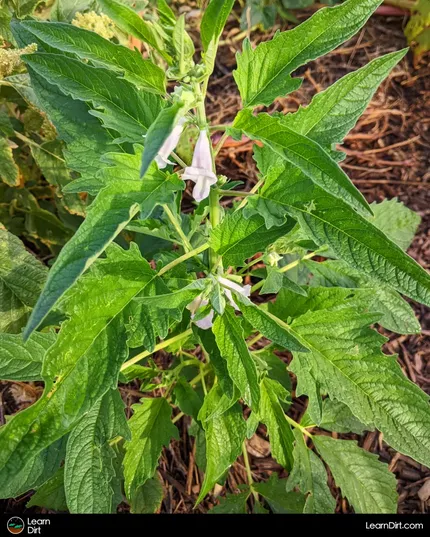
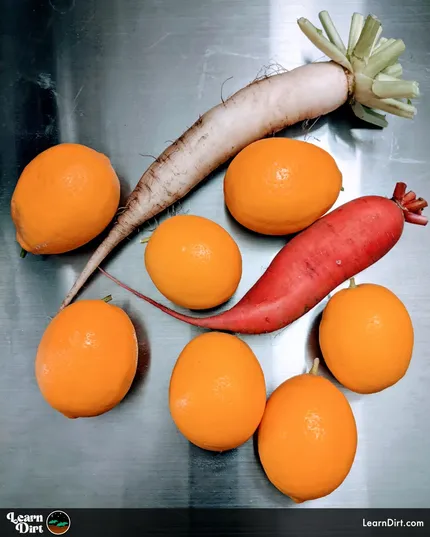
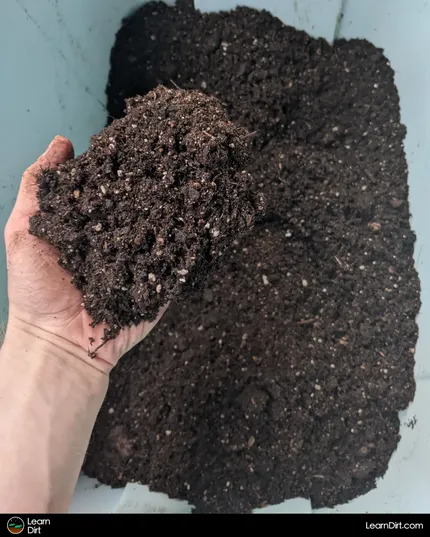
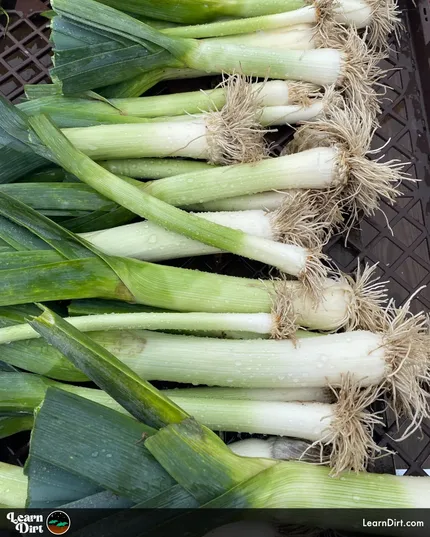
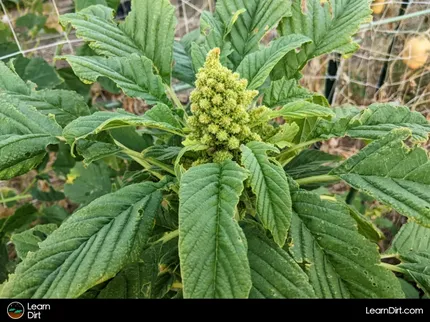
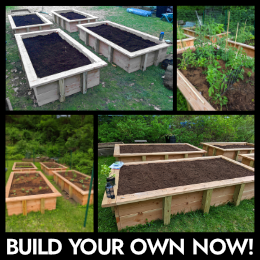

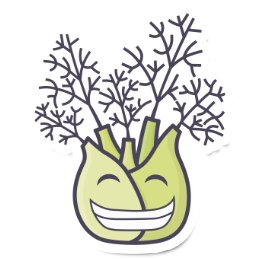
![Black Dirt Live Again [Purple] Sticker](/media/product_images/black-dirt-live-again-[purple]_sticker_260x260.png)
